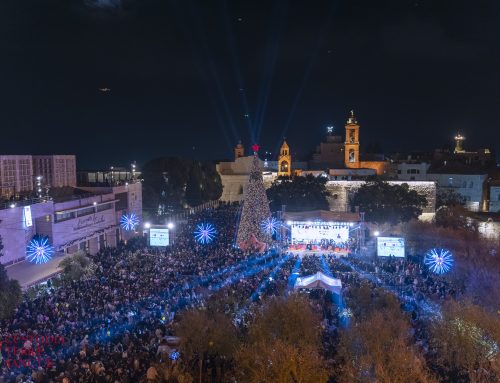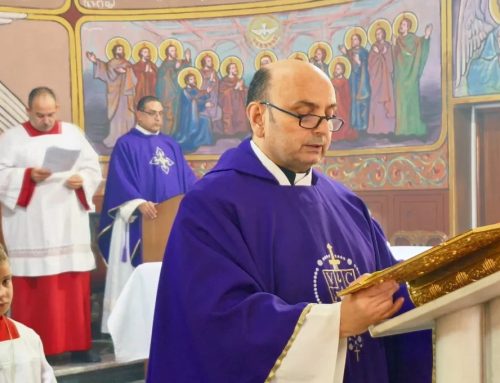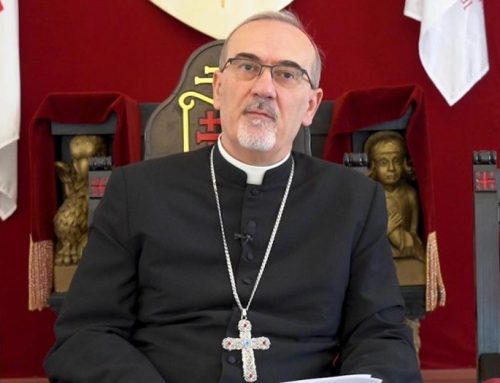Sandro Magister
Chiesa
The old communities are becoming few and far between. But from Asia and Africa millions of new faithful are coming, mainly, to the Gulf and Saudi Arabia. Where, however, religious freedom is still a myth.
Few have noticed it. But amongst the 10 thousand faithful, that is practically the total number of Catholics in Cyprus, who participated at the mass celebrated by Benedict XVI on June 6th at Nicosia, most of them were not Cypriots, but Asians, Africans, and South Americans.
The Pope himself, in his homily, addressed a particular salute to the immigrants coming from the Philippines and Sri Lanka.
As a matter of fact, together with the Indians they represent half of the 30 thousand immigrants on the island, 60 thousand if you also count the illegal ones.
A good number are Catholics. They crowd the small churches. They baptize their children. They are the new and less known image of the Church’s presence not only in Cyprus, but in some areas of the Holy Land and of the Middle East.
Cyprus which is part of the European Union is one of their much sought after destinations. Once arrived in Turkey, the immigrants get off and move on without any difficulty to the Northern part of the island occupied by the Turks. From there, they easily cross the boundary to the Republic of Cyprus, which is considered a part of the journey towards our European countries.
Extending our perspective to the entire area, it occurs that while the Pope calls a Synod and invokes Christians of the Middle East – descendents of the ancient Churches of the area between the Mediterranean and the Persian Gulf – to not abandon their lands because of hostile pressures, like many are doing in the regions where new Catholics are arriving from far away countries.
This immigration flow is so vast, that often the newcomers are more numerous than the local Christians. However, unexpectedly the draft of the Synod of Bishops for the Middle East, held in Rome in October, barely considers this phenomenon, in paragraphs 49 and 50.
Turkey is a case of its own, but still enlightening. Here in the last century the Christian presence has been wiped out. Only the bishops and priests coming from Italy are able to assure the survival of very small Catholic communities. The names of the last martyrs speak for themselves: the priest Andrea Santoro and the bishop Luigi Padovese who was killed just before the Pope’s visit to Cyprus.
The bishop of Smyrna and of Anatolia, Ruggero Franceschini, in succeeding to Padovese, called on voluntaries and priests to leave Italy on a “mission” to Turkey, in order to assure and maintain the Catholic presence in the country.
But concerning the more general phenomenon of new Christian immigrants in the Middle East, what is most surprising is that it is actually happening where Islam first started, that is Saudi Arabia , where there are 2 million Catholics, and in the Gulf countries.
Regarding the Arabian Peninsula, here is an up to date analysis of the changed religious scenery. The author is a major expert of the field: Giuseppe Caffulli, director of the reviews and website of the Custody of the Holy Land and author of “Fratelli dimenticati. Viaggio tra i cristiani del Medio Oriente”, Àncora, Milan, 2007.
This analysis was published on the last number of “Vita e Pensiero”, the review of the Università Cattolica del Sacro Cuore.





